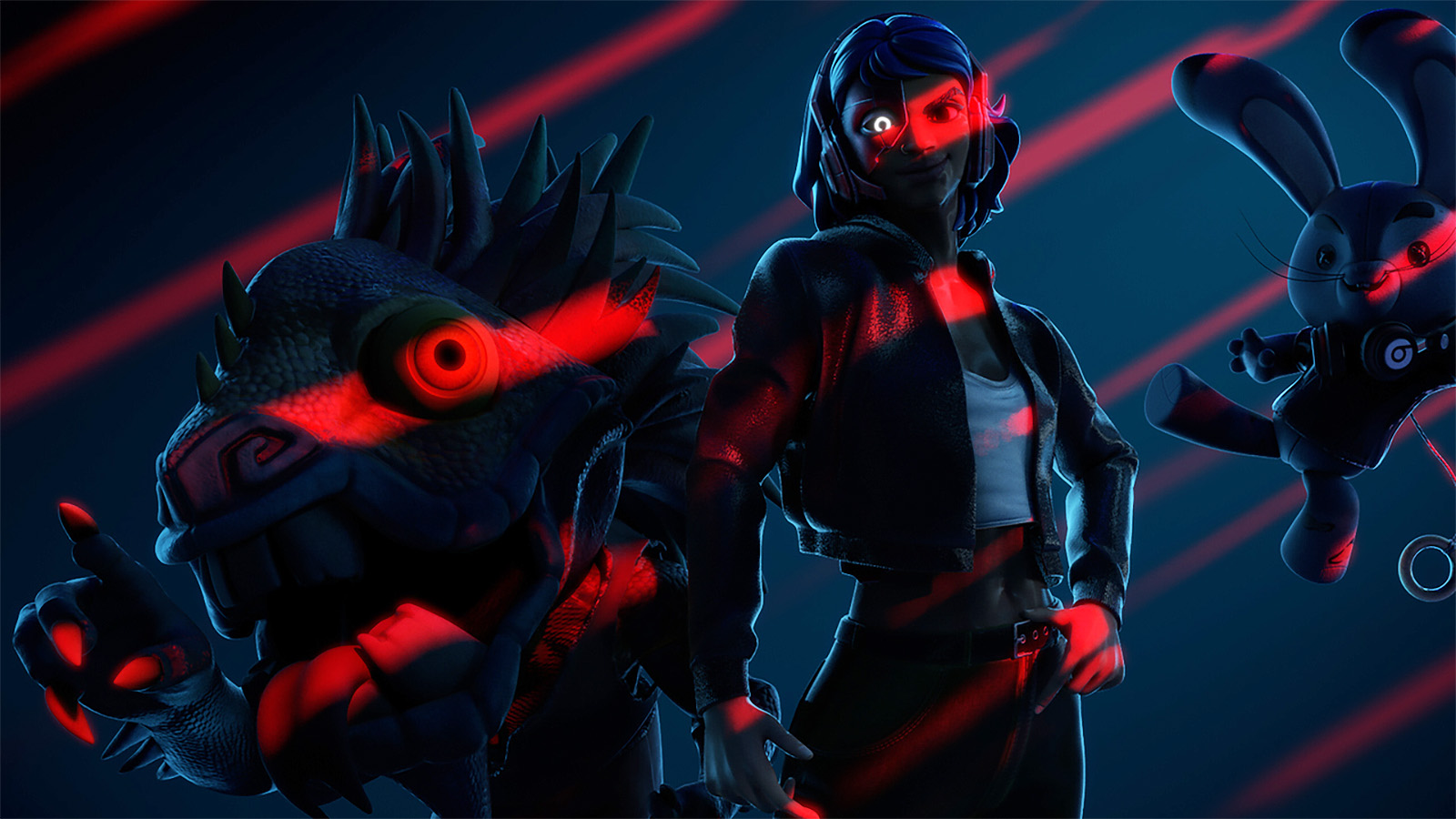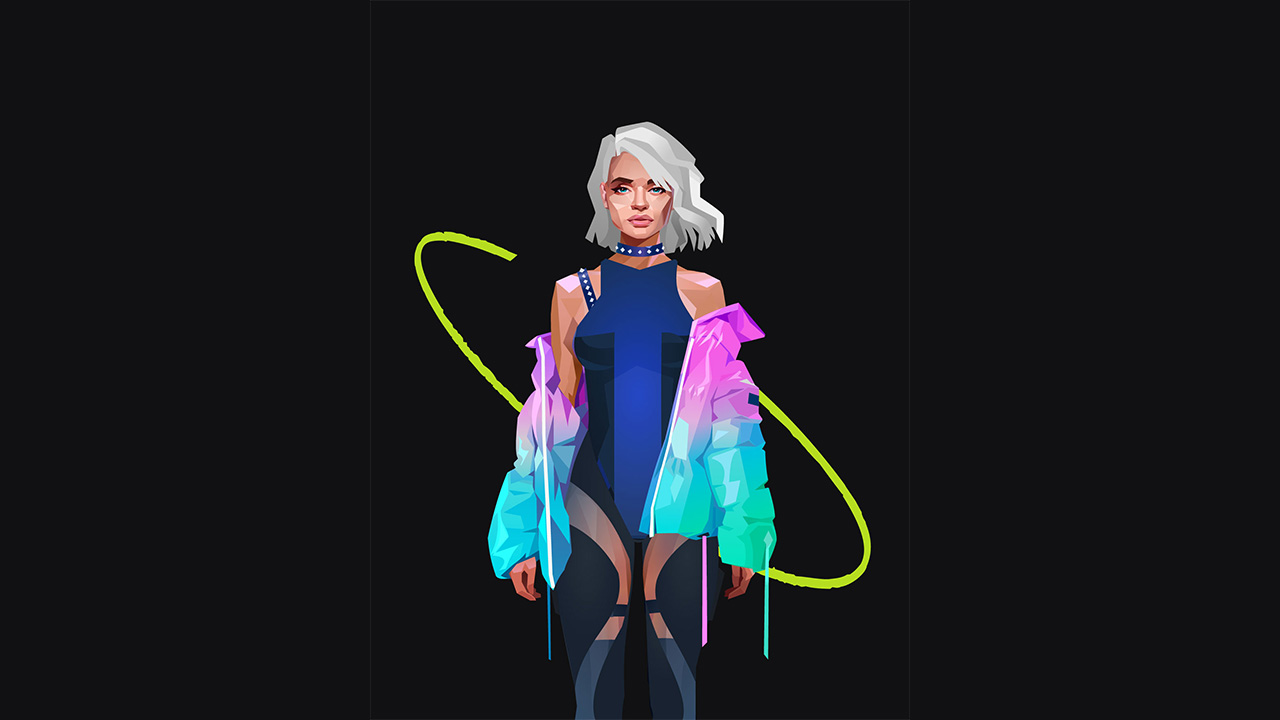DJ Dragoon. Gnar Heart. Glitch. These might sound like names from a video game, but they’re actually the names of virtual artists created by Warpsound, a label that releases AI-composed music and monetizes it via collectibles like NFTs.
Could music dreamed up and performed by computerized avatars ever compare to that made by real humans? After all, even though AI has made enormous strides in recent years, it is still behind when it comes to the art sphere, due to the complexity of imitating the elusive “human touch.” But some new players in the music industry are counting on the power of their AI-enabled artists to challenge that assumption.
Armed with digital musicians designed for today’s social media-obsessed age, replete with amusing backstories and slick branding, they are blazing a path to the ears of music fans — and in the process, putting into question whether real-life musicians will be relevant a few decades from now.
New opportunities for artists

Authentic Artists’ Warpsound label currently has a stable of virtual artists including (from left) DJ Dragoon, Nayomi, and Gnar Heart. Image: Warpsound
Proponents of digital musicians say that their rise will not only usher in a new kind of artist-fan relationship, but also unlock new revenue streams for real-life artists. “Virtual artists are essentially limitless vessels for imagination, storytelling, creative collaboration, and new ways of presenting and interacting with music,” says Chris McGarry, CEO at Authentic Artists, the company behind the Warpsound label.
“Musicians can extend their existing musical brands, invent entirely new ones, and reach their existing and new audiences at unprecedented scale,” he adds. “They can also create IP and experiences that exist in parallel to their existing ‘real-life’ activities like touring for ancillary revenue streams.”
Indeed, artists like Kings of Leon, Snoop Dogg, and Nas have used NFTs for anything from selling digital records to giving fans a share of their songs’ royalties. Some Web3 projects, like Sound.xyz, have also pioneered new ways of valuing music, by creating generative versions of songs that are appreciated for their collectible value. Web3 has also led to the rise of blockchain-powered environments for musicians to perform in, together with monetization models like digital goods and microtransactions.
This all sounds not so dissimilar from how Asia’s idols, such as pop groups Blackpink and BTS, have become a gateway to the metaverse, spurred by the region’s high uptake of digital experiences among younger generations.
But these tools were developed with the real-life musician in mind — someone who has to spend hours creating and composing music, while worrying about bills and watching out for potentially predatory deals from labels. Virtual artists, on the other hand, have none of these worries (though their labels might). And advances in AI, together with the advent of blockchain technology, are poised to take the concept of virtual musicians further — by bypassing the human element and letting computers do the creative work.
What is “real” music?

Emerging from CyberBrokers, Amari is the the first sentient AVA to be signed to Player Zero Records. Image: Player Zero Records
The opportunities for virtual music labels are clear. Avatars don’t take a cut of royalties, don’t need to rest, and are not subject to creative “blocks,” like real-life artists might be. These make them great musical workhorses, and enable fans to reach them anytime and anywhere. “We are no longer held to IRL boundaries to reach fans,” says Lawrence Vavra, CEO at Player Zero Records, a Web3 music label.
But to address any perceived threat that AI might be about to steal musicians’ jobs, Vavra says that AVAs (Animated Visual Artists) are just “one piece of the puzzle.” “Teams of songwriters, producers, creative directors, and more work behind the scenes to bring an IRL artist to life,” he says. “We believe the world is ready to support the people behind the artist as much as the actual artist itself.”
The biggest challenge for labels working with virtual artists might not just be convincing fans that it’s okay to fawn over digital musicians, but that spending money on them need not be so different from buying merch and concert tickets for their favorite “real” artists. “Because our focus is partnering with industry-leading songwriters and producers to create top tier music, we believe the music will draw the fans to embrace AVAs,” Vavra says.
Whether we truly are at the doors of the next revolution in music remains to be seen. But as the barriers to music production get lower and lower, and as AI encroaches on one of the last bastions of computer-free human creativity, what seems possible is that music will face the path of standardization and commoditization that photography and film have embarked on, with the final destination being a choice between art and “content creation.”
At that junction, only a human touch might be able to help us distinguish between what is real and what is not.



